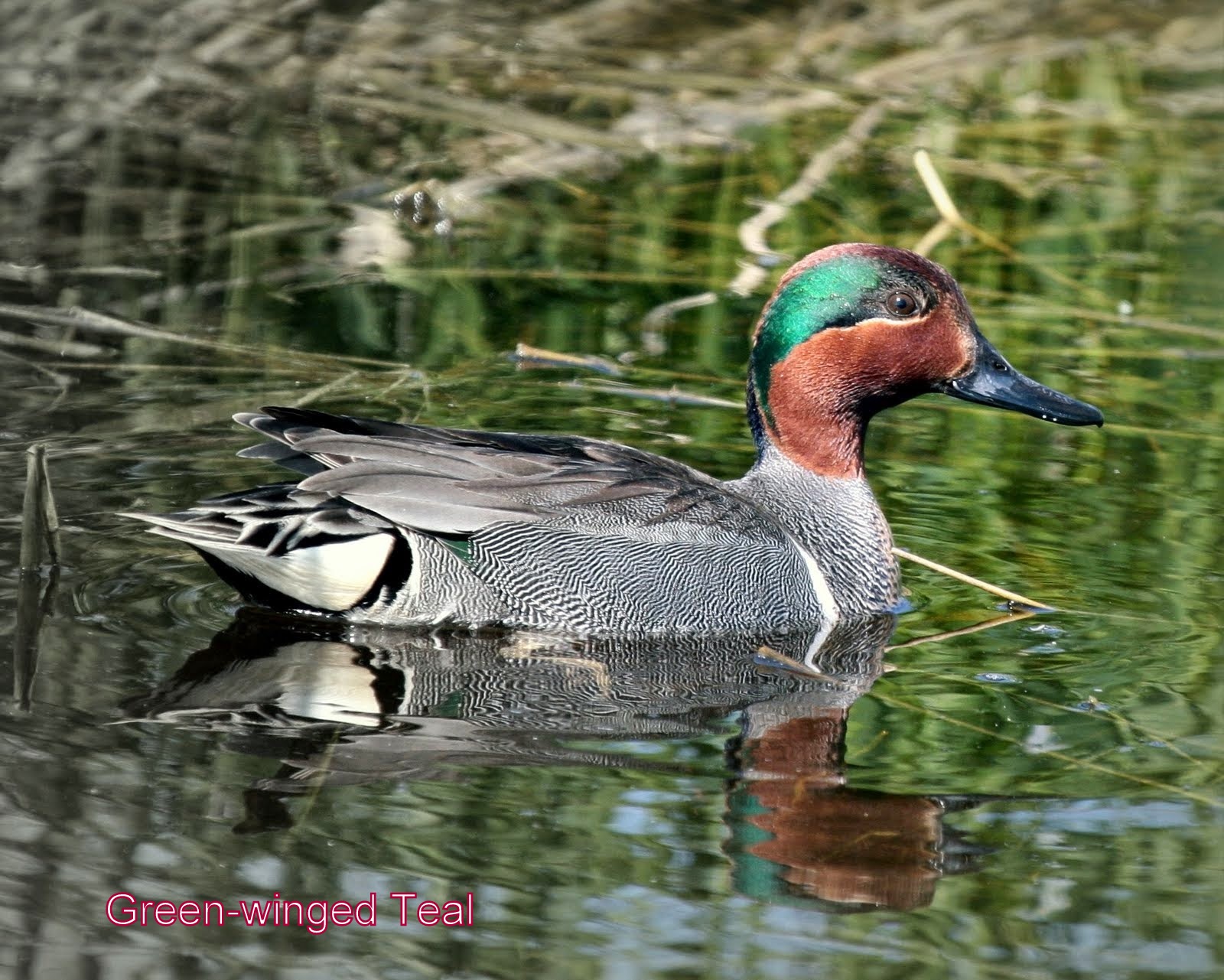by Marilyn Lorenz, photos by Chuck Lorenz
As the lakes and ponds up north begin to freeze over the birds that make their living in the water need to find open, ice-free water. Naturally, this sends them south looking for warm breezes and tropical water where they can spend a comfortable winter; a sort of Margaritaville for ducks.
The ducks who make the most of this winter haven are the Redheads. They come by the thousands from all over the country to the sunny shores of the Gulf of Mexico and the nearby lakes. They are enthusiastically joined by Canvasbacks, who come from even farther north. These two ducks are very similar in color but the Canvasbacks are larger and the head shape is different. Redheads have a very rounded head and a light-colored bill while the Canvasbacks have a black bill and a distinct slope from the tip of the bill to the top of the head. They are often seen together which helps to identify them.



Northern Pintails are large, outstandingly beautiful birds. The males have reddish heads and snowy white breasts, and a distinctive long tail. There is no other duck out there that looks like that. The American Wigeon is a rather ordinary-looking duck but has a broad white or buffy stripe that runs from the base of the bill all the way to the top and down the back side of the head. This makes it look as thought the bird is going bald.

Blue-winged and Green-winged Teal are found only in fresh water ponds and the Blue-winged are much more common here in the valley.

All of these ducks are classed as dabblers. This means that they feed by tipping their heads down under the water and feeding on plants and seeds. They can swim under water somewhat but they do not eat fish or other marine life, they are strict vegetarians.
As spring returns to the north and the waters open up again all our winter visitors will take to the skies and and return to cooler climes to nest and raise their babies for another season.


